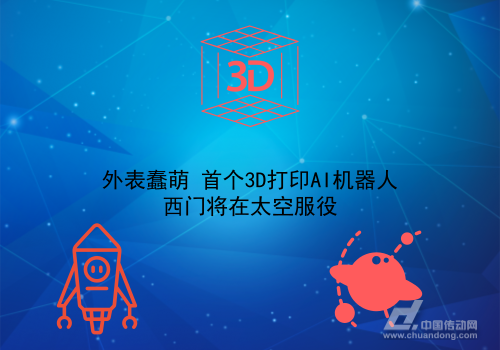The first 3D printing AI robot goalkeeper in space service
Airbus, the global leader in aviation, is currently collaborating with IBM on an innovative 3D printing robot project called "Simon." Designed to support space crews, Simon aims to eventually join the ranks of legendary space robots like Wali and Hal. This cutting-edge system is set to revolutionize how astronauts perform their tasks aboard the International Space Station (ISS).

Special Material Braided Sleeve
Special Material Braided Sleeve,Heat Proof Sleeve,Heat Proof Wire Sleeve,High Temperature Cable Sleeving
Shenzhen Huiyunhai Tech.Co., Ltd. , https://www.cablesleevefactory.com